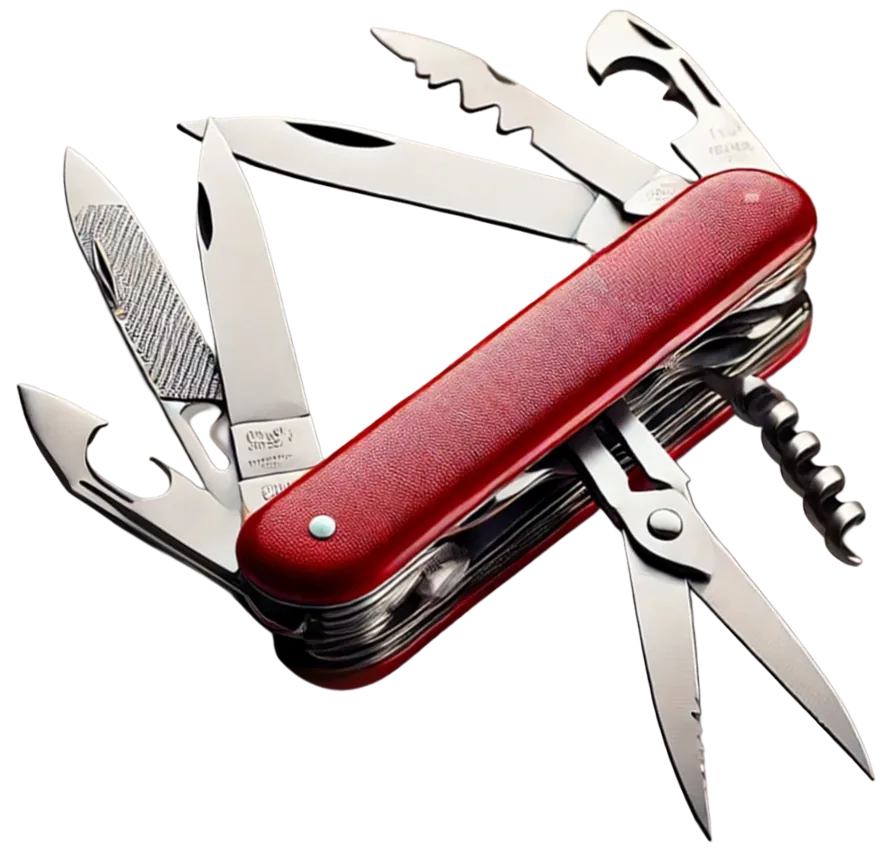What is an ETF?
ETF is an acronym for an exchange-traded fund. It is a basket of securities, such as stocks, bonds, commodities or currencies, grouped as per a rule. Usually, that underlying rule is to track an index.
Some of the desirable characteristics that one should look for in an ETF are low expense ratios, minimal tracking error, low bid/ask spread costs, sufficient liquidity and minimal lending of the underlying securities of the ETFs.
The price of an ETF changes throughout the day whereas the price of a mutual fund changes once a day. This is a key difference between an ETF and a mutual fund, even though a mutual fund is also a basket of securities. Another important difference is that an ETF is usually more tax-efficient than a similar mutual fund.

Using ETFs in a portfolio
The financial instrument ETF was first structured in the 1990s and has gained popularity since then. The number of ETFs is increasing while the cost of many ETFs has decreased, resulting in the emergence of ETFs with desirable characteristics in different asset classes. A portfolio manager can now construct a high-quality portfolio using ETFs.
How we construct QuietGrowth portfolios using ETFs: Investment Methodology
Using ETFs instead of individual stocks and bonds
ETFs are a convenient and cost-effective way to diversify an asset class in a portfolio. So, opting for a few ETFs in a portfolio is preferable to opting for a few thousand individual stocks and bonds to achieve the same level of portfolio diversification.
Using ETFs, instead of individual stocks and bonds, in a portfolio is cost-effective despite the ETF management fees incurred for each of those ETFs. Investor achieves savings across various costs, including trading fees, bid-ask spreads and portfolio administration expenses.
ETFs can also be more tax efficient. This advantage is because of the lesser realised capital gains tax incurred by the ETF issuer while managing that ETF, compared to us trying to replicate the ETF by buying and selling a large number of individual stocks.

Using separate ETFs instead of a multi-asset ETF
A multi-asset ETF, which acts like a 'fund of fund', can consist of multiple unlisted managed funds or ETFs or a combination of both.
We suggest using separate ETFs in portfolios instead of a multi-asset ETF which consists of unlisted funds. This is mainly because unlisted funds can be less attractive than similar ETFs from a tax perspective.
